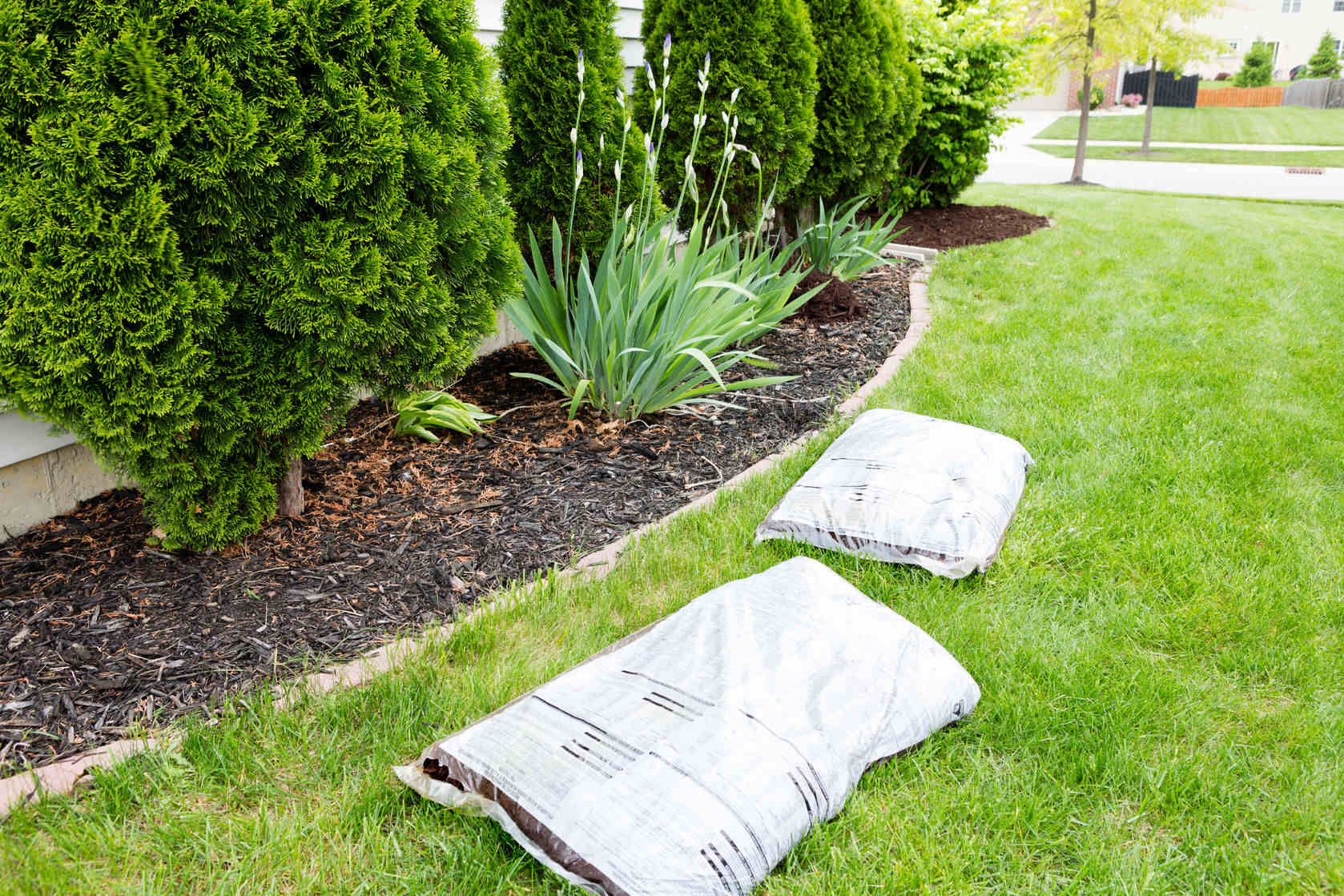
Greening Outdoors: Energy-Efficient Landscaping Innovations
In the pursuit of sustainability, energy-efficient landscaping has become a focal point for environmentally conscious homeowners. Let’s explore the innovations that make outdoor spaces both aesthetically pleasing and ecologically sustainable.
Sustainable Plant Selection and Design
Energy-efficient landscaping starts with the selection of sustainable plants and thoughtful design. Native plants, adapted to the local climate, require less water and maintenance, contributing to a more sustainable landscape. Thoughtful design considers factors such as sun exposure, wind patterns, and water runoff to optimize energy efficiency.
Smart Irrigation Systems for Water Conservation
One of the key innovations in energy-efficient landscaping is the integration of smart irrigation systems. These systems utilize sensors and weather data to adjust watering schedules based on real-time conditions. By minimizing water usage and avoiding unnecessary irrigation, smart systems contribute to water conservation and energy efficiency.
Permeable Surfaces for Natural Water Absorption
The use of permeable surfaces, such as permeable pavers or gravel, allows for natural water absorption into the soil. This not only helps to prevent water runoff but also replenishes groundwater. Permeable surfaces play a crucial role in reducing the need for artificial irrigation, contributing to overall energy efficiency in landscaping.
Energy-Efficient Outdoor Lighting
Innovative outdoor lighting solutions contribute significantly to energy-efficient landscaping. LED lights, solar-powered fixtures, and programmable lighting systems are gaining popularity. These technologies not only reduce energy consumption but also enhance the visual appeal of outdoor spaces while providing adequate illumination.
Energy-Efficient Landscaping: A Link to Sustainable Living
For those seeking insights into energy-efficient landscaping, Energy-Efficient Landscaping offers a wealth of information and recommendations. Explore the latest trends, technologies, and success stories shared by a community dedicated to creating sustainable outdoor environments.
Natural Shading and Windbreaks for Temperature Regulation
Strategic planting of trees and shrubs serves as a natural way to provide shading and create windbreaks. This, in turn, contributes to temperature regulation in outdoor spaces. By reducing the impact of harsh sunlight and blocking chilly winds, landscaping becomes an active participant in energy efficiency for both indoor and outdoor environments.
Green Roofs and Walls for Insulation
The integration of green roofs and walls is a notable trend in energy-efficient landscaping. These features not only provide insulation for buildings, reducing the need for excessive heating or cooling, but also contribute to improved air quality. Green roofs and walls act as natural thermal insulators, promoting energy efficiency in both residential and commercial settings.
Rain Gardens for Stormwater Management
Rain gardens are designed to capture and absorb rainwater runoff, preventing it from entering stormwater systems. By incorporating native plants and natural drainage techniques, rain gardens enhance water absorption and filtration. This sustainable approach to stormwater management is a key component of energy-efficient landscaping.
Composting and Mulching for Soil Health
The practices of composting and mulching contribute to soil health, which is fundamental to energy-efficient landscaping. Compost enriches the soil with nutrients, reducing the need for synthetic fertilizers. Mulch helps retain soil moisture, suppress weeds, and regulate soil temperature, creating a healthier environment for plants and promoting sustainable landscaping practices.
Conclusion: A Greener Future for Outdoor Spaces
In conclusion, energy-efficient landscaping is more than just a trend; it’s a pathway to a greener and more sustainable future. By incorporating innovative technologies, smart irrigation systems, natural shading, and sustainable plant choices, outdoor spaces can become both visually appealing and ecologically responsible. Explore the link to sustainable living and discover how energy-efficient landscaping can transform your outdoor environment.
